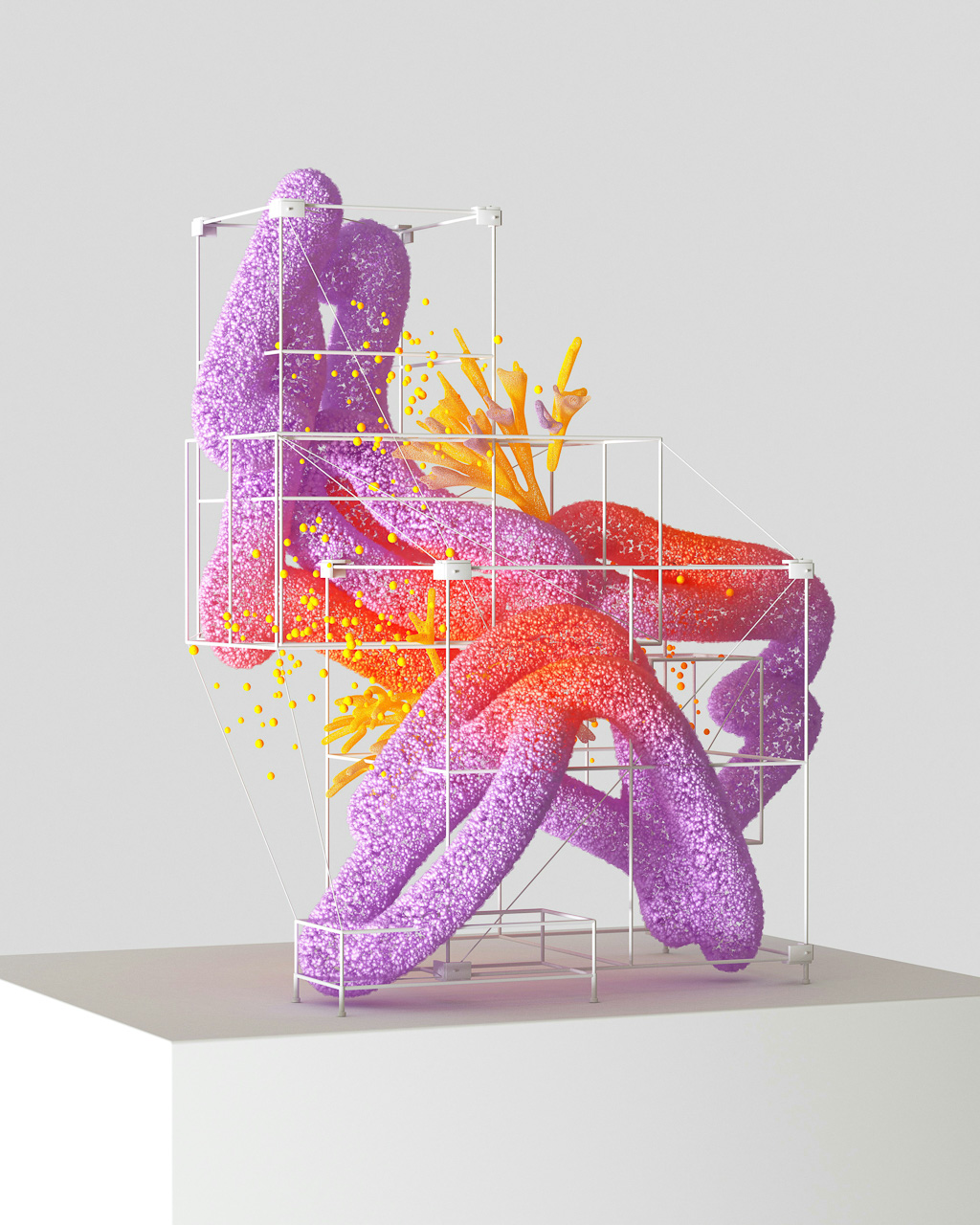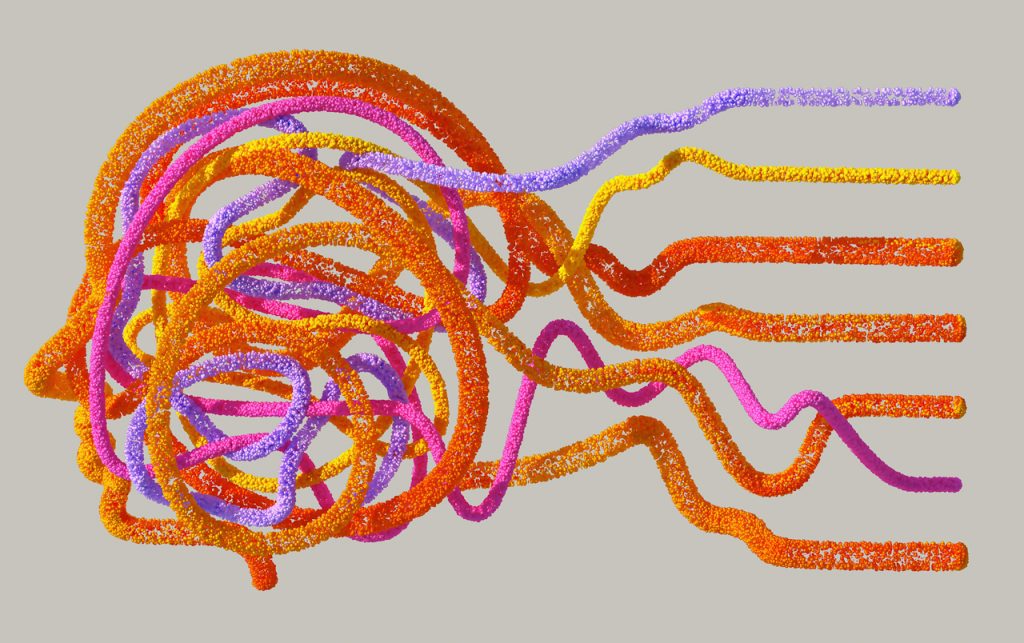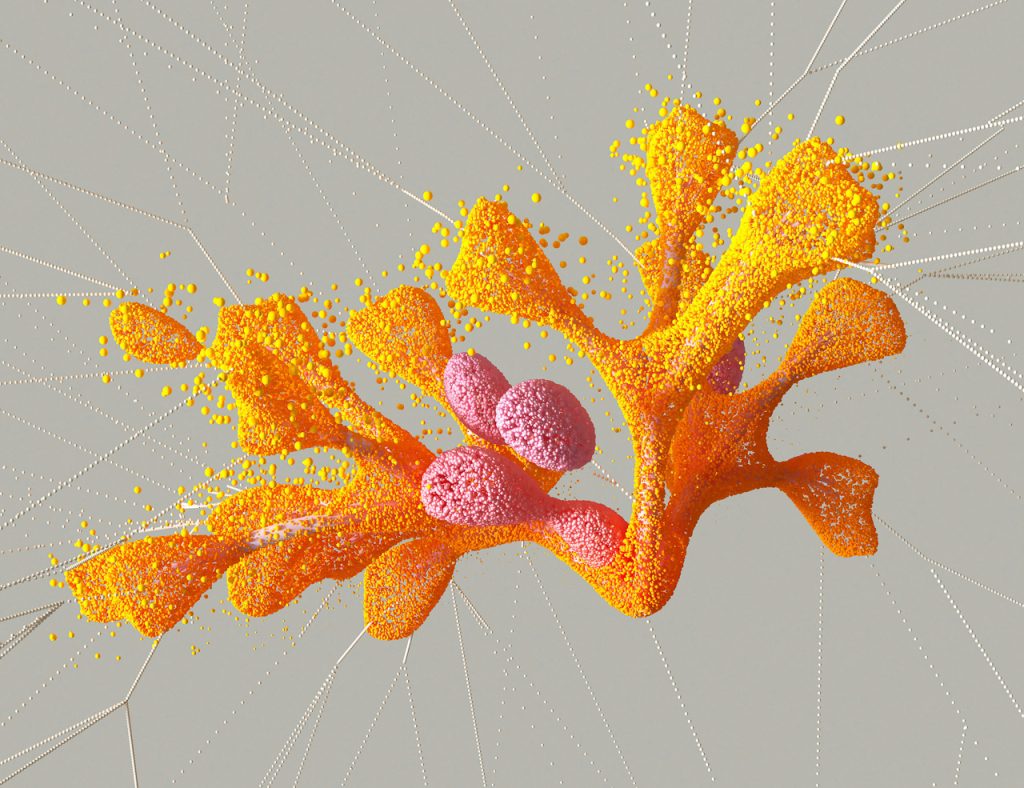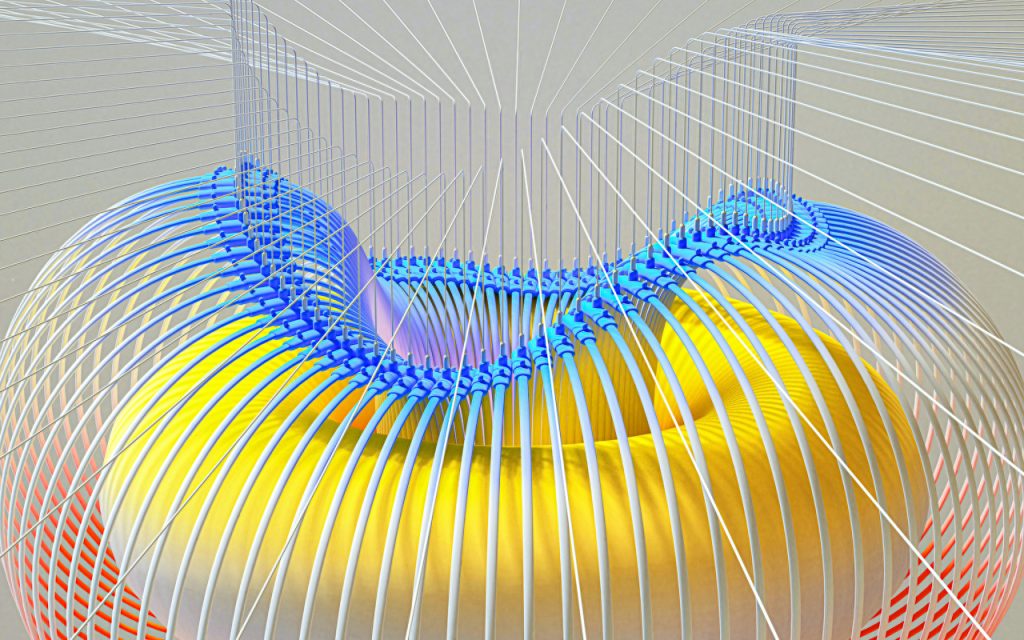
Transforming Acoustic Performance with Advanced Fabrics
The pursuit of superior sound absorption in acoustic panels has led to significant advancements in fabric technologies. These innovations enhance the effectiveness of acoustic treatments, providing better noise control and improved acoustic environments in various settings. This article delves into the latest fabric technologies that are revolutionising sound absorption in acoustic panels, highlighting their unique properties and applications.

Key Technological Innovations
Micro-Perforated Fabrics
One of the most groundbreaking advancements in acoustic fabrics is the development of micro-perforated materials. These fabrics feature microscopic holes that allow sound waves to pass through while maintaining the fabric’s structural integrity and aesthetic appeal. The micro-perforations enable sound waves to interact more effectively with the underlying acoustic core, significantly improving sound absorption¹. This technology is particularly useful in environments where maintaining visual design is as important as acoustic performance.
Phase Change Materials (PCMs)
Phase change materials (PCMs) are being incorporated into acoustic fabrics to enhance their thermal and acoustic properties. PCMs absorb and release thermal energy during phase transitions (e.g., from solid to liquid), which can help regulate temperature and improve the comfort of indoor environments. Additionally, the structural changes in PCMs during phase transitions can enhance sound absorption by increasing the material’s ability to dissipate sound energy².
Nano-Engineered Fabrics
Nano-engineering techniques are being applied to create fabrics with exceptional acoustic properties. By manipulating materials at the nanoscale, scientists can design fabrics with enhanced porosity and sound absorption capabilities. These nano-engineered fabrics often feature a higher surface area and improved interaction with sound waves, leading to better noise reduction³. Such fabrics are ideal for high-performance acoustic panels used in demanding environments like recording studios and auditoriums.


Applications of Advanced Acoustic Fabrics
Architectural Acoustics
In modern architecture, aesthetic and functionality are equally important. Advanced acoustic fabrics are increasingly being used in architectural applications to provide noise control while enhancing visual appeal of spaces. These fabrics offer versatile acoustic solutions for open-plan offices, public buildings, and residential spaces⁴.
Automotive Industry
The automotive industry is leveraging innovative fabric technologies to improve the acoustic comfort of vehicle interiors. Sound-absorbing fabrics are used in car cabins to reduce road noise, engine sounds, and vibrations, creating a quieter ride. These materials are designed to be lightweight and durable, meeting the requirements of automotive applications⁵.
Healthcare Facilities
In healthcare settings, controlling noise is crucial for patient comfort and recovery. Advanced acoustic fabrics are used in hospitals and clinics to absorb noise and reduce stress-inducing sounds. These fabrics are often integrated into curtains, room dividers, and wall panels, providing effective noise control solutions that also comply with hygiene and safety standards⁶.
Future Prospects for Acoustic Fabrics
Biophilic Acoustic Fabrics
Biophilic design, which incorporates natural elements into built environments, is influencing the development of acoustic fabrics. Researchers are exploring ways to create fabrics that mimic the acoustic properties of natural materials such as wood and bamboo. These biophilic acoustic fabrics aim to enhance occupant well-being by creating a more natural and calming indoor environment⁷.
Smart Acoustic Fabrics
The integration of smart technology into acoustic fabrics is an exciting development. Smart acoustic fabrics embedded with sensors and digital controls can adapt their acoustic properties in real-time based on the surrounding environment. This technology allows for dynamic acoustic management, which is particularly beneficial in multipurpose spaces such as conference centers and performance venues⁸.
The Path Forward
Innovative fabric technologies are transforming the field of acoustic panels, offering enhanced sound absorption and broader application possibilities. From micro-perforated and nano-engineered fabrics to phase change materials and smart acoustic fabrics, these advancements are driving the future of acoustic solutions. As research and development continue, the role of advanced fabrics in creating optimal acoustic environments will only grow more significant.
References
- Mankovsky, N. B., & Grigoriev, P. A. (2017). Acoustic properties of micro-perforated panels. Applied Acoustics, 124, 139-147.
- Tyagi, V. V., Kaushik, S. C., Tyagi, S. K., & Akiyama, T. (2011). Development of phase change materials for building applications. Renewable and Sustainable Energy Reviews, 15(2), 1373-1391.
- Fahy, F. J. (2000). Foundations of engineering acoustics. Academic Press.
- Cox, T. J., & D’Antonio, P. (2009). Acoustic absorbers and diffusers: Theory, design and application. CRC Press.
- Blauert, J., & Xiang, N. (2008). Acoustics for engineers. Springer.
- Busch-Vishniac, I. J., West, J. E., Barnhill, C., Hunter, T., Orellana, D., & Chivukula, R. (2005). Noise levels in Johns Hopkins Hospital. Journal of the Acoustical Society of America, 118(6), 3629-3645.
- Kellert, S. R., Heerwagen, J., & Mador, M. (2008). Biophilic design: The theory, science, and practice of bringing buildings to life. John Wiley & Sons.
- Zannin, P. H. T., & Marcon, C. R. (2007). Environmental noise assessment in the city of Curitiba, Brazil. Journal of Environmental Management, 82(1), 1-10.
Share